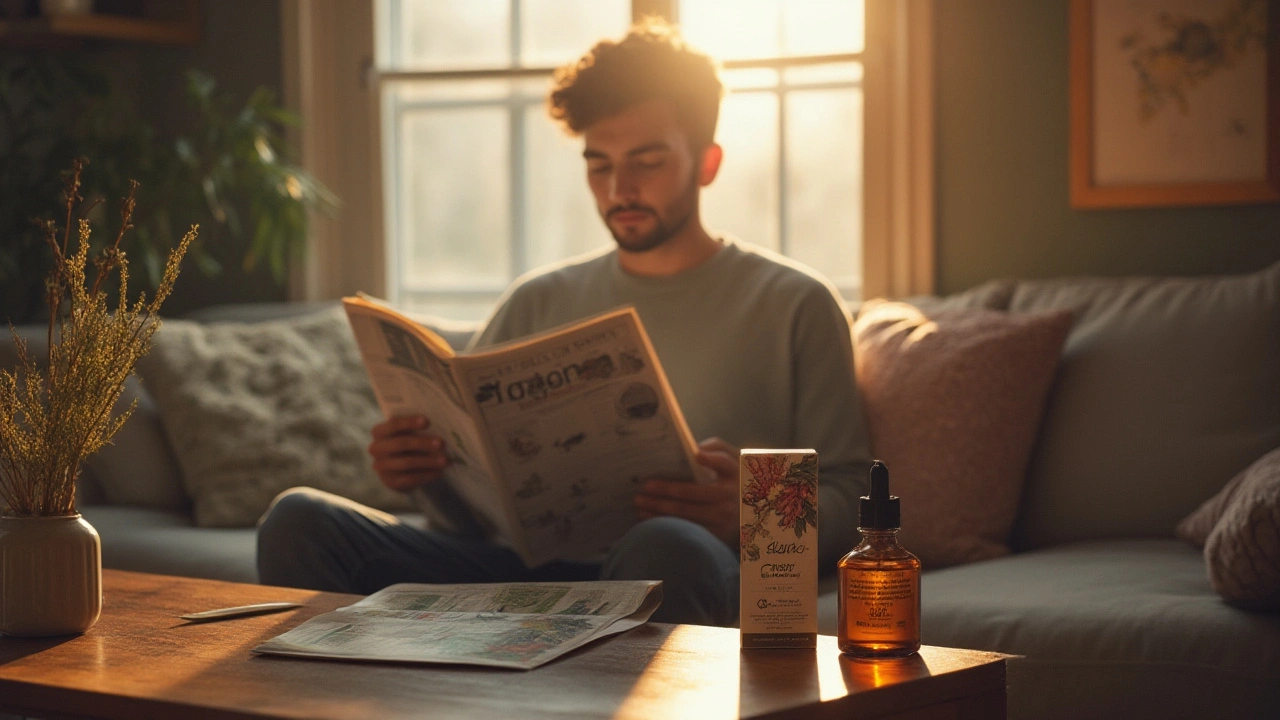Valerian Root Benefits: What This Herbal Sleep Aid Can Do for You
If you’ve ever tossed and turned at night, you’ve probably searched for something that helps you drift off without a prescription. Valerian root is one of those plants that shows up in natural‑health circles a lot, promising better sleep and a calmer mind. Let’s break down exactly what valerian can do, how to use it safely, and whether it lives up to the hype.
How Valerian Improves Sleep
The main reason people reach for valerian is its impact on bedtime. The root contains compounds called valerenic acids that interact with GABA receptors in the brain—those same receptors that many prescription sleep meds target. By boosting GABA activity, valerian helps quiet the nervous system so you can fall asleep faster and stay asleep longer.
Most users notice a subtle effect rather than an instant knockout. You might feel a gentle wave of relaxation about 30‑45 minutes after taking it. That’s why many recommend drinking a cup of valerian tea or swallowing a capsule 30 minutes before you plan to hit the sheets.
A handful of small studies back this up: participants who took 400‑600 mg of standardized extract reported falling asleep about 20 minutes quicker than those on placebo. The best results come from consistent use over several nights—not just a one‑off dose.
Other Health Benefits & Safety Tips
Beyond sleep, valerian shows promise for anxiety and stress reduction. Because it calms the nervous system, some people find their racing thoughts ease during a hectic workday or before a big presentation. A low‑dose capsule (150‑300 mg) taken mid‑morning can give you that mellow focus without drowsiness.
Valerian may also help with muscle tension and mild headaches. Its anti‑spasm properties relax smooth muscles, which can ease menstrual cramps or digestive discomfort for some folks.
When it comes to safety, valerian is pretty gentle for most adults. The biggest side effects are occasional drowsiness, headache, or an upset stomach—usually gone when you adjust the dose. Avoid mixing it with alcohol, sedatives, or strong antihistamines, as the combined effect can be too sleepy.
Pregnant or nursing women should talk to a doctor before trying valerian, and kids under 3 shouldn’t use it at all. For anyone on prescription sleep meds, check with your healthcare provider first to avoid overlapping sedation.
How much should you take? A typical starting point is 400 mg of standardized extract taken 30 minutes before bed. If you’re using tea, steep one teaspoon of dried root in hot water for about 10 minutes and sip it warm. Adjust the amount based on how your body reacts—everyone’s chemistry is different.
Remember, consistency beats occasional mega‑doses. Use valerian nightly for at least a week before deciding if it works for you. If after two weeks you still feel restless, consider trying a slightly higher dose or pairing it with other sleep‑friendly habits like dim lighting and a cool bedroom.
Bottom line: Valerian root is a solid natural option for people who want to improve sleep quality and reduce everyday stress without reaching for prescription pills. It’s easy to find as tea, capsules, or liquid tincture, and it fits nicely into a broader wellness routine that includes good sleep hygiene, regular exercise, and balanced nutrition.
Give it a try, track how you feel, and adjust the dose until you hit that sweet spot of calm without grogginess. Your body will tell you if valerian is the right fit—just listen closely.

